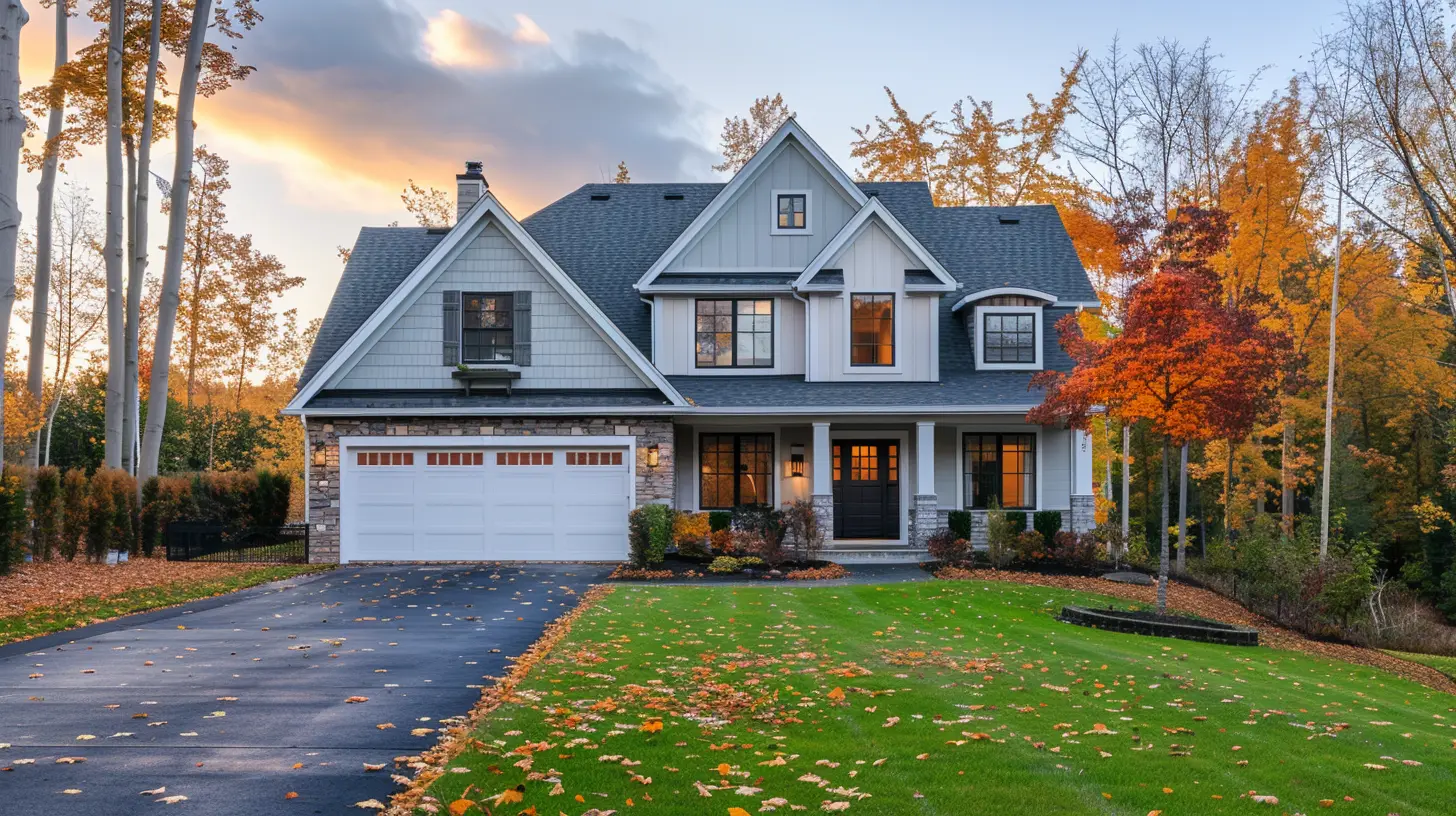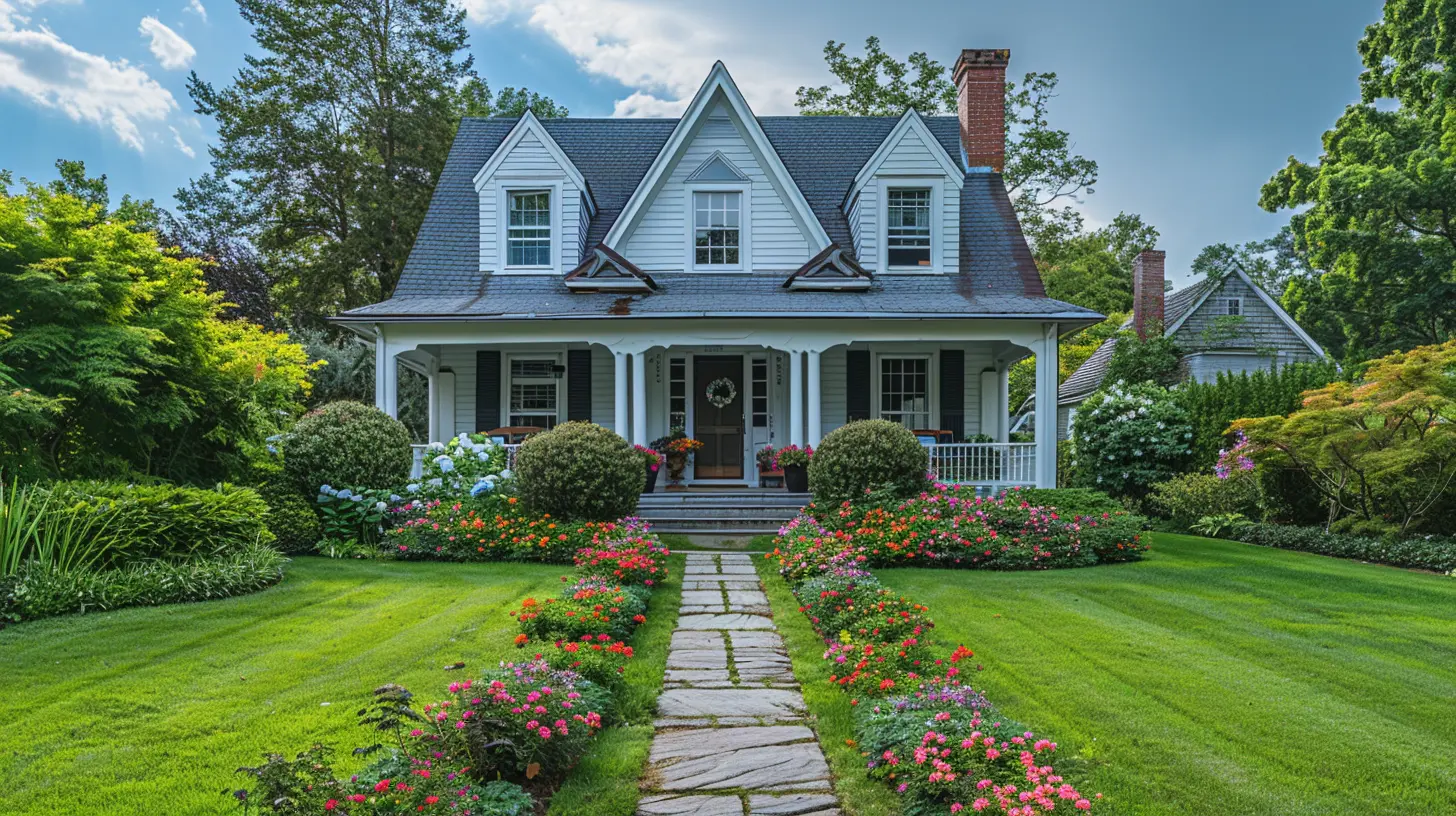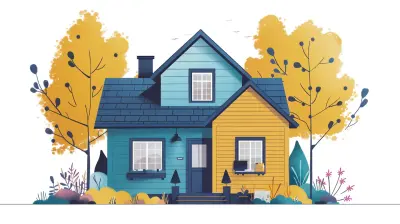1 March 2025
When it comes to buying a home or refinancing your mortgage, there’s no shortage of options. One term that often pops up in the conversation is a "no-closing-cost mortgage." At first glance, it sounds like a dream come true, right? I mean, who wouldn’t want to skip those hefty upfront fees and keep more money in their pocket? But as with most things that sound too good to be true, there’s a little more to the story.
If you’re asking yourself, “Are no-closing-cost mortgages really a good deal?” you’re not alone. Let’s dive into the nitty-gritty, break it all down, and see if this option is a hero or just a sneaky villain in disguise.
What Is a No-Closing-Cost Mortgage?
Before we get too far ahead, let’s start with the basics. A no-closing-cost mortgage is exactly what it sounds like—a loan where you don’t have to pay closing costs upfront. These costs typically include things like appraisal fees, title insurance, underwriting fees, and other administrative charges. They can add up to thousands of dollars, which, let’s face it, is a tough pill to swallow during an already expensive process.But here’s the catch: you’re not avoiding these costs entirely. They’re just hidden in plain sight. Instead of paying them upfront, the lender either rolls them into your loan balance or bumps up your interest rate to cover the expense. So, while it might feel like you’re getting a free pass on those fees, there’s a price to pay somewhere down the line.
How Does a No-Closing-Cost Mortgage Work?
Think of it like buying a car. You know how dealerships sometimes offer “no money down” deals? You don’t have to fork over cash upfront, but chances are, you’re either paying a higher monthly payment or the car’s price has been adjusted to make up for the difference. A no-closing-cost mortgage works in a similar way.Lenders offer this option in one of two ways:
1. Rolling the Costs Into the Loan Balance: The lender adds the closing costs to your mortgage total. For example, if you were borrowing $200,000 and the closing costs were $5,000, your new loan amount would be $205,000.
2. Increasing the Interest Rate: The lender bumps up your interest rate slightly, which spreads the cost out over the life of the loan. This means you’ll end up paying more over time due to higher monthly payments and additional interest.
Sounds simple enough, right? But here’s where it gets tricky: these approaches can significantly impact your financial bottom line in ways you might not anticipate.
The Pros of a No-Closing-Cost Mortgage
Not all bad news, though! No-closing-cost mortgages can actually be a smart move in certain situations. Let’s break down the perks:1. Preserve Your Savings
One of the biggest benefits is you don’t need to drain your savings account to cover upfront fees. If you’re already stretching your budget to cover the down payment and other moving expenses, this option can give you some breathing room.2. Better Cash Flow
Need to keep your cash on hand for renovations, furniture, or an emergency fund? A no-closing-cost mortgage frees up your liquid assets, so you’re not tying up all your money in the homebuying process.3. Short-Term Homeowners May Benefit
If you know you’re not planning to stay in the home for a long time, it might not matter as much if your interest rate is slightly higher. Why? Because you’re paying off the loan before that extra interest really has a chance to pile up.
The Cons of a No-Closing-Cost Mortgage
Now for the flip side of the coin. While no-closing-cost mortgages can look tempting, there are definitely trade-offs you’ll want to consider.1. Higher Monthly Payments
If the closing costs are rolled into your loan or you’re stuck with a higher interest rate, your monthly payments are going to reflect that. Over time, this could cost you more than if you’d just paid the fees upfront.2. Long-Term Costs Add Up
Here’s the math: let’s say you’re adding $5,000 in closing costs to your loan. At an interest rate of 4%, that $5,000 could cost you an extra $3,600 or more in interest over a 30-year loan. Ouch, right?3. Not Always the Best Rate
Lenders often offer lower interest rates for traditional loans where you pay the closing costs upfront. If you opt for the no-closing-cost route, you could be passing on the opportunity to lock in a better deal.4. Limited Availability
Not all lenders offer no-closing-cost options, and even if they do, you might not qualify. Your credit score, loan type, and other factors can play a role in determining whether this is even an option for you.When Does a No-Closing-Cost Mortgage Make Sense?
So, is this option ever worth it? Absolutely—just not for everyone. Here are a few scenarios where it might make sense:1. Short-Term Homeownership: If you’re planning to sell or refinance your home within a few years, you may not feel the full effect of the higher interest rate. In this case, it could actually save you money upfront without costing you too much over time.
2. Low Upfront Budget: If you’ve saved just enough for your down payment and don’t have extra cash to spare, this option can help you close the deal without financial stress.
3. Emergency Expenses: Life happens. If you need to use your savings for something else—like paying off debt, covering medical bills, or handling unexpected costs—a no-closing-cost mortgage can keep your funds flexible.
4. Competitive Interest Rates: If the difference in interest rates between a traditional loan and a no-closing-cost loan isn’t significant, it could be worth opting for the latter to keep more money in your pocket at the start.
How to Decide If It’s Right for You
Ultimately, the decision comes down to crunching the numbers. Here’s a quick checklist to guide you:- How long will you stay in the home? If you’re in it for the long haul, you may want to pay the closing costs upfront to save on interest over time.
- What’s your financial situation? Can you comfortably cover the upfront fees without dipping into your emergency fund or taking on additional debt?
- What are the interest rate differences? Small rate changes can have a big impact on long-term costs. Always compare offers side by side to see which works best for your budget.
- What’s the total cost of the loan? Ask your lender for an amortization schedule to see how much you’d pay over time with and without closing costs.
Tips to Get the Best Deal
If you’re leaning toward a no-closing-cost mortgage, here are a few tips to ensure you’re making the most of it:1. Shop Around: Not all lenders are created equal. Compare offers to find one with the lowest interest rates and the best terms.
2. Ask Questions: Don’t be afraid to get into the details. Ask your lender to break down exactly how the costs are being handled and what your total loan amount will look like.
3. Negotiate: Some lenders may be willing to lower your interest rate or closing costs if you ask. It never hurts to try!
4. Read the Fine Print: Always review your loan estimate carefully to understand what you’re signing up for.
The Bottom Line
So, are no-closing-cost mortgages really a good deal? The answer is: it depends. While they can be a lifesaver for cash-strapped buyers or short-term homeowners, they’re not the ideal choice for everyone. Like most financial decisions, it’s all about striking the right balance between your immediate needs and long-term goals.Take your time, do the math, and talk to a trusted financial advisor or mortgage professional. After all, your home is one of the biggest investments you’ll ever make—you deserve to get it right!










Dominique Bowers
Exploring all options can lead to smarter financial choices! A no-closing-cost mortgage might just be the path to your dream home!
March 29, 2025 at 7:39 PM